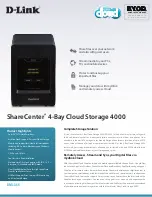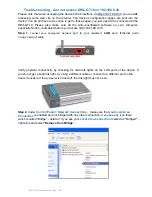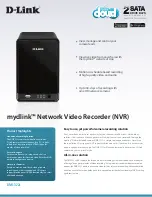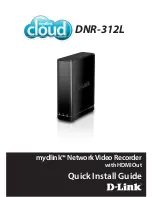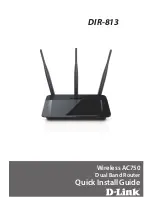
24
4.3.
Power over Ethernet (PoE)
Power over Ethernet
(or
PoE
) technology describes a system to pass electrical power safely,
along with data, on Ethernet cabling. PoE requires category 5 cable or higher for high power
levels, but can operate with category 3 cable for low power levels. Power can come from a
power supply within a PoE-enabled networking device such as an Ethernet switch or can be
injected into a cable run with a mid-span power supply.
The original
IEEE 802.3af-2003
PoE standard provides up to 15.4 W of DC power (minimum
44 V DC and 350mA) to each device. Only 12.95 W is assured to be available at the powered
device as some power is dissipated in the cable.
The updated
IEEE 802.3at-2009
PoE standard also known as
PoE+
or
PoE plus
, provides up to
25.5 W of power. Some vendors have announced products that claim to comply with the 802.3at
standard and offer up to 51 W of power over a single cable by utilizing all four pairs in the
Cat.5 cable. Numerous non-standard schemes had been used prior to PoE standardization to
provide power over Ethernet cabling. Some are still in active use.
PSE
: Power sourcing equipment (PSE) is a device such as a switch that provides ("sources")
power on the Ethernet cable.
PD
: A powered device (PD) is a device such as an access point or a switch, that supports
PoE(Power over Ethernet) so that it can receive power from another device through a 10/100
Mbps Ethernet port.
24V
48V
Total PoE power budget
128W
240W
Vin (Power Input)
24~57VDC
48~57VDC
Vout (PoE Output)
50VDC
Vout = Vin
Standard PoE Parameters and Comparison
Property
802.3af (802.3at Type 1)
802.3at Type 2
Power available at PD
12.95W
25.50W per mode
Maximum power delivered
by PSE
15.40W
30.00W per mode
Voltage range (at PSE)
44.0 - 57.0V
50.0 - 57.0V
Voltage range (at PD)
37.0 - 57.0V
42.5 - 57.0V
Maximum current
350mA
600mA per mode
Maximum cable resistance
20 Ω
(Category 3)
12.5 Ω
(Category 5)
Power management
Three power class levels
negotiated at initial
connection
Four power class levels negotiated
at initial connection or 0.1W steps
negotiated continuously
Dreading of maximum
cable ambient operating
temperature
None
5°C with one mode (two pairs)
active, 10°C with two modes (four
pairs) simultaneously active
Supported cabling
Category 3 and Category 5 Category 5
Supported modes
Mode A (end span), Mode B
(mid-span)
Mode A, Mode B, Mode A and
Mode B operating simultaneously
































